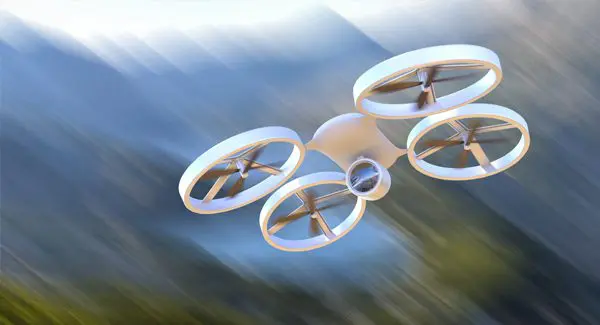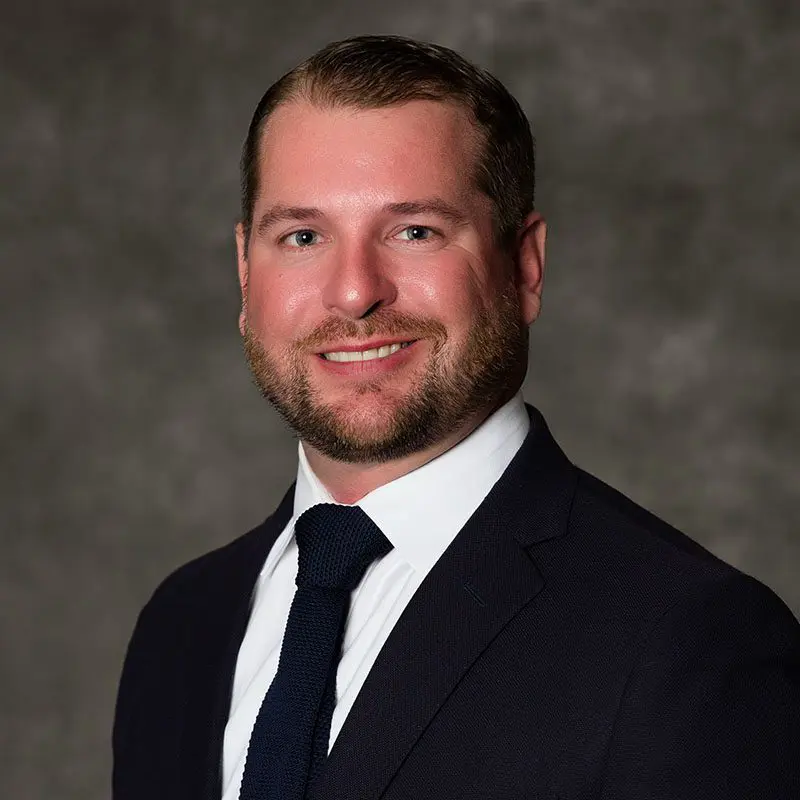- Community Associations, Technology
- Wisconsin, Indiana, Illinois, Florida
With companies such as Amazon, Google and UPS ramping up testing of drone delivery technology, it is certain that community associations will feel the impact of this new technology in the relatively near future.
According to the Federal Aviation Administration (FAA), there are over 1.7 million registered drones (also known as an unmanned aircraft system or UAV) in the United States as of December 2020. Over 500,000 of those drones are classified as commercial UAVs; over 1.2 mission are classified as recreational. (https://www.faa.gov/uas/resources/by_the_numbers/)
Commercial drones are used for a variety of industries including advertising, construction, entertainment, and security. Drones can be used in:
- Obtaining aerial footage to showcase real estate properties
- Synchronizing drone light shows at concerts and sporting events
- Mapping remote property
- Emergency operations such as search and rescue or monitoring forest fires
Condominium, homeowner (HOA), and townhome community associations would be well served to get ahead of the technology curve by strategically planning for the inevitable presence of commercial-use drones within the community.
Identifying the various legal concerns and adopting appropriate policies before this radical change becomes mainstream are crucial to associations’ successfully navigating the future of commerce.
This article will provide a brief overview of drone technology along with five considerations for board members, community leaders, and property managers.
1. Federal and state drone regulations
Drone use is governed by the FAA’s Code of Federal Regulation (CFR) Part 107. While commercial pilots must be certified as pilots, personal and recreational is allowed. However, the FAA has instituted a number of rules for recreational drones users (https://www.faa.gov/uas/recreational_fliers/), including:
- The drone must be flown within the visual sight line of the operator.
- Pilots should only operate one drone at a time.
- Drones should fly below 100 miles/hour.
- The drone cannot be flown over 400 feet above the ground.
- The drone should never be flown over a person or moving vehicle.
Board members, community leaders, and property managers can get a jumpstart by becoming familiar with federal, state and local laws governing drone use. For example:
- California Civil Code Section 1708.8, known as the “anti-paparazzi” law, prohibits drone use to access private property to capture images and recordings. Violations can result in fines up to $50,000.
- Illinois created the Unmanned Aerial System Oversight Task Force Act (20 ILCS 5065) that provides “oversight and input in creating comprehensive laws and rules for the operation and use of drone technology within this State, subject to federal oversight and regulation.”
Having a basic understanding of drone related laws can help board members differentiate between lawful and unlawful uses of drones within the association’s property. The association’s legal counsel can help board members easily understand technical nuances that will help safeguard the community and its residents.
2. Commercial drones in community associations
Drones equipped with video cameras are used by vendors to inspect difficult to access portions of buildings and property. In lieu of using scaffolding, drones can assist in chimney, roof-top, tuckpointing, and repointing inspections. Drones can also be utilized to assess property damage and survey land.
3. Privacy
Associations need to ensure drones (commercial or recreational) within the community do not transmit or record video or photographs into an area where an owner has a reasonable expectation of privacy. For example, a drone should not capture images or footage inside of a unit through a window.
4. Safety
Ensuring residents’ safety is a primary duty for community association board members. In this regard, boards should evaluate additional risks and liabilities that will come about as commercial drone usage is implemented.
The potential for damage or personal injury caused by an accidental (crash) landing on people, pets, or property (due to operator or mechanical error) is a realistic safety concern that should be addressed.
Boards should begin planning for additional capital improvements and services that will become necessary to maintain privacy. An association’s legal team can counsel board members on the new liabilities associated with the presence of drones and can assist with developing risk management policies.
5. Rules and regulations
Enacting new policies and procedures for the safe and effective use of commercial drones within a community association is a complex process. The association’s governing instruments may need to be amended and new rules and regulations will continuously need to be implemented as associations experience the effects of this new technology.
These updates may need to consider multiple factors including:
- Where can the drone land?
- Should there be a designated landing area for commercial drone deliveries?
- Are there regulated hours when a drone delivery can be made?
- Can or should commercial drone deliveries be prohibited?
- Should residents who use recreational drones or who receive a commercial delivery indemnify the association?
- Should residents using recreational drones register them with the association, similar to motor vehicles?
While it may be tempting for an association to police rules violations with a drone, the political (if not legal) consequences can be extensive and also need to be considered.
Board members should seek the guidance of a skilled community association attorney when developing a comprehensive plan for allowing commercial drone use within the association.
Conclusion
Whether you live in a high-rise condo or a sprawling suburban HOA, it’s important to be proactive in developing reasonable rules and restrictions to address the legitimate concerns, and balance the competing interests, raised by the use of drones. If your community has legal concerns regarding drone use in the association, do not hesitate to contact our law firm by calling 855-537-0500 or visiting www.ksnlaw.com.
Since 1983, KSN has been a legal resource for condominium, homeowner, and townhome associations. Additionally, we represent clients in real estate transactions, collections, landlord/tenant issues, and property tax appeals. We represent thousands of clients and community associations throughout the US with offices in several states including Florida, Illinois, Indiana, and Wisconsin.
This article is made available by the lawyer or law firm publisher for educational purposes only as well as to give you general information and a general understanding of the law, not to provide specific legal advice. By reading this article you understand that there is no attorney client relationship between you and the article author. This article should not be used as a substitute for competent legal advice from a licensed professional attorney in your state. © 2021 Kovitz Shifrin Nesbit, A Professional Corporation.



